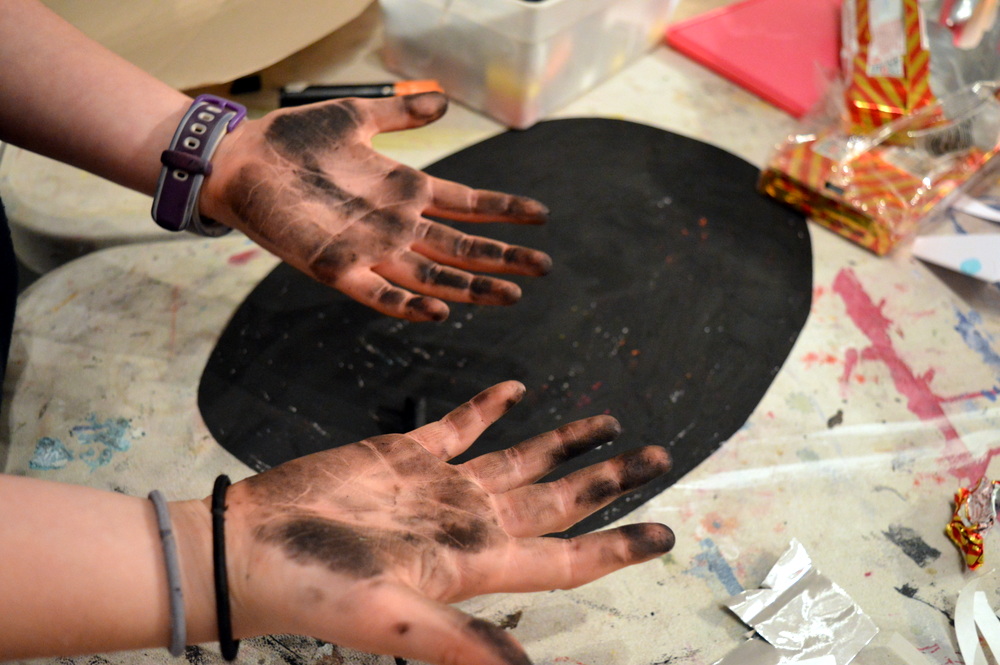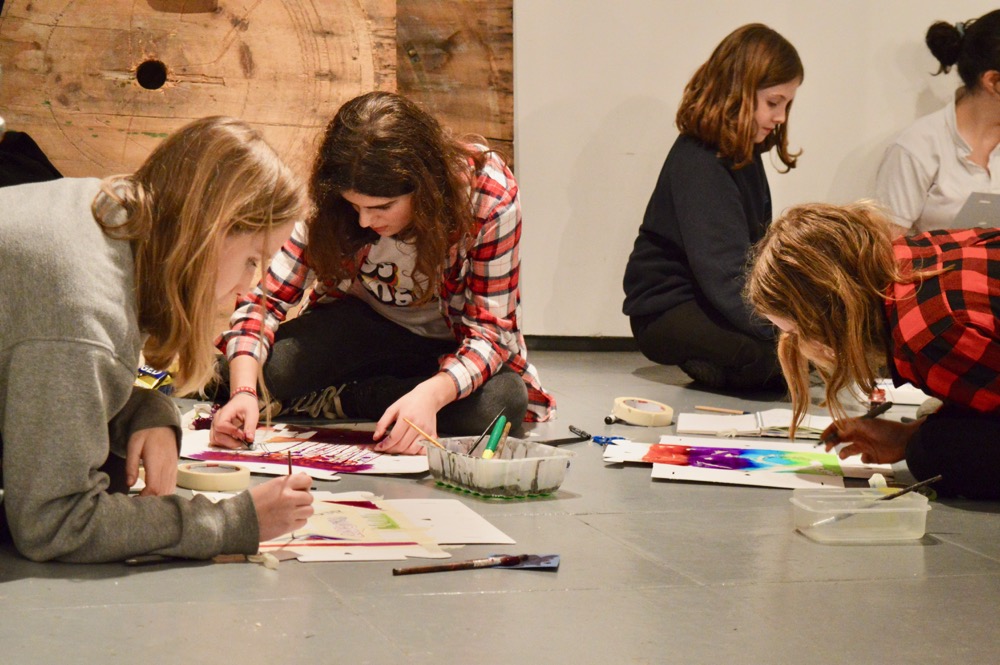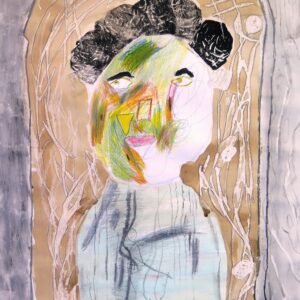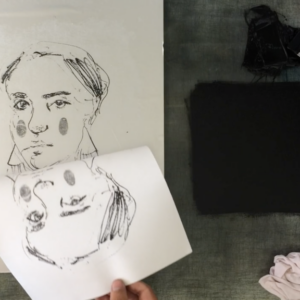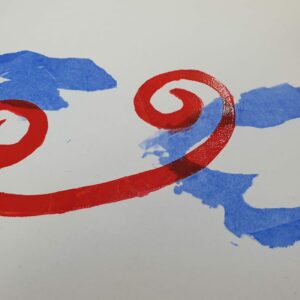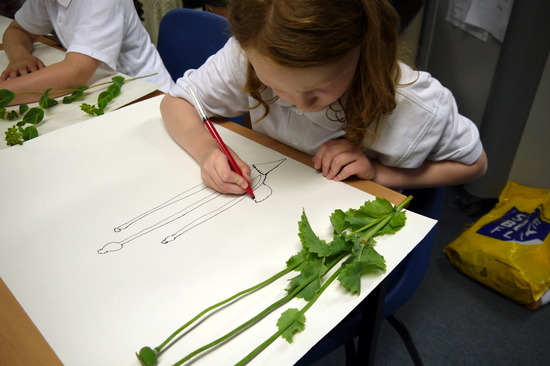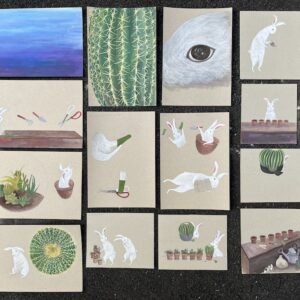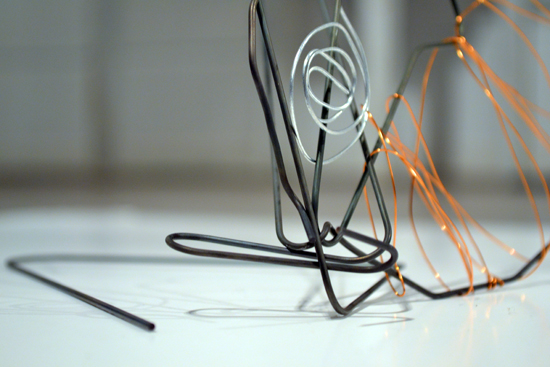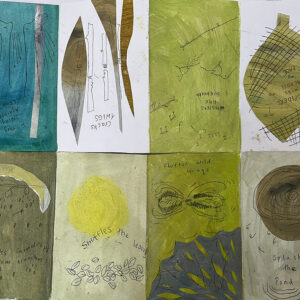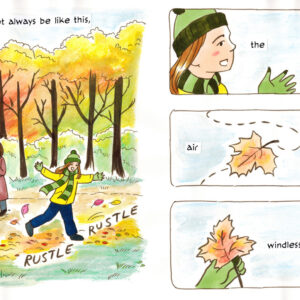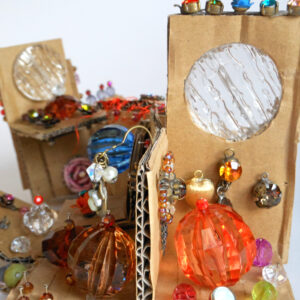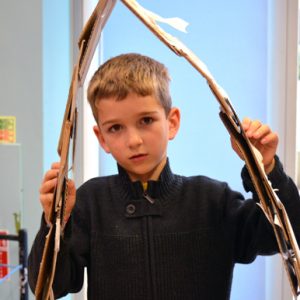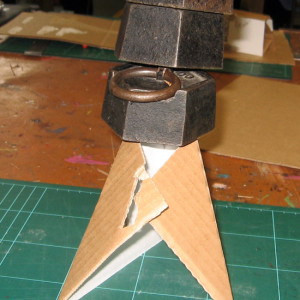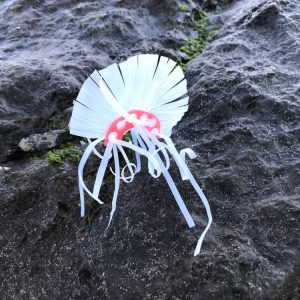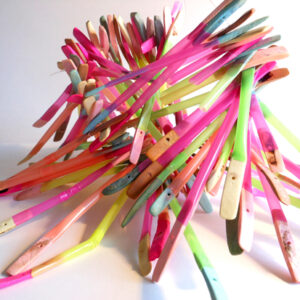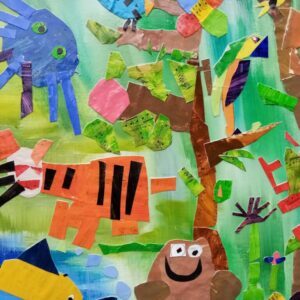By Maureen Crosbie

Artist Educator Maureen Crosbie shares this innovative and accessible way of making drypoint etchings with children.
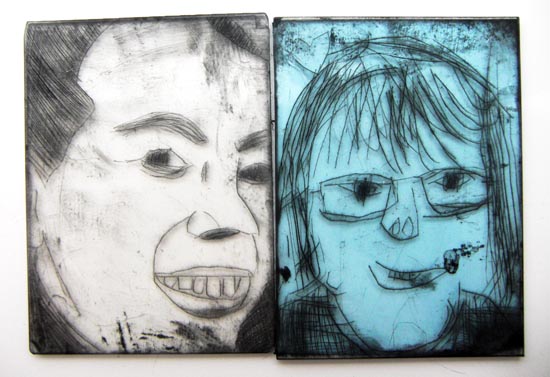
“I had been looking for a way to make simple but authentic etchings with my classes when a friend offered me the use of a table press. Other friends offered me exhibition space, and two of my schools dipped into a rainy day fund to buy beautiful paper, good water based printing ink and sheets of acrylic. It felt like the start of something great!
To access all content, I would like to join as…
AccessArt is a UK Charity and we believe everyone has the right to be creative. AccessArt provides inspiration to help us all reach our creative potential.
